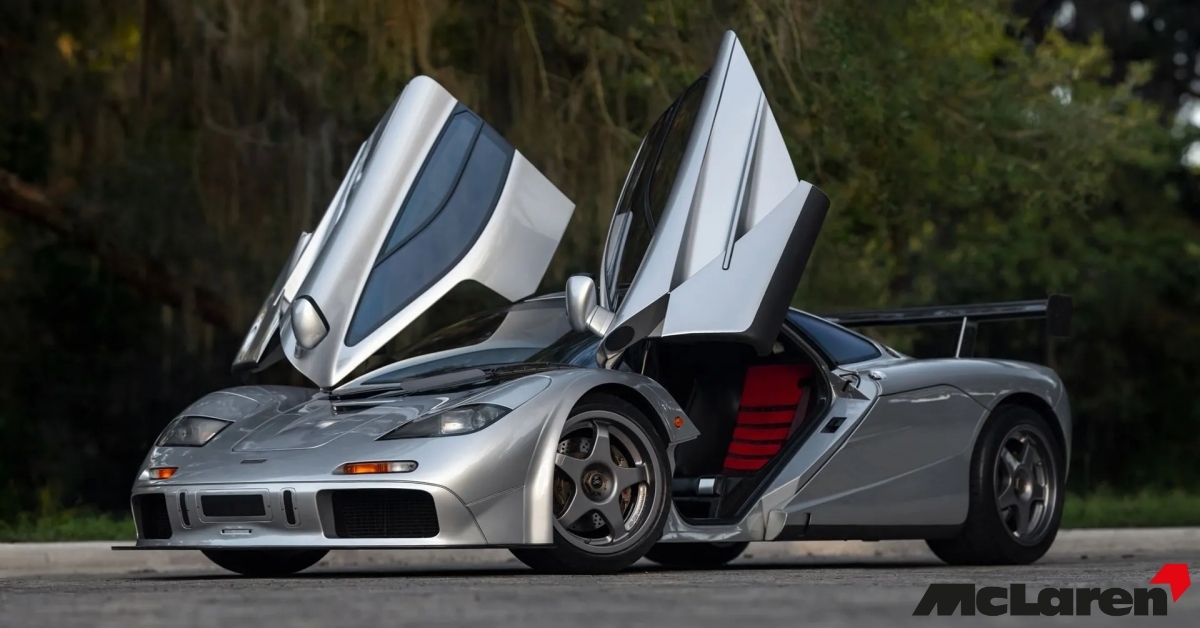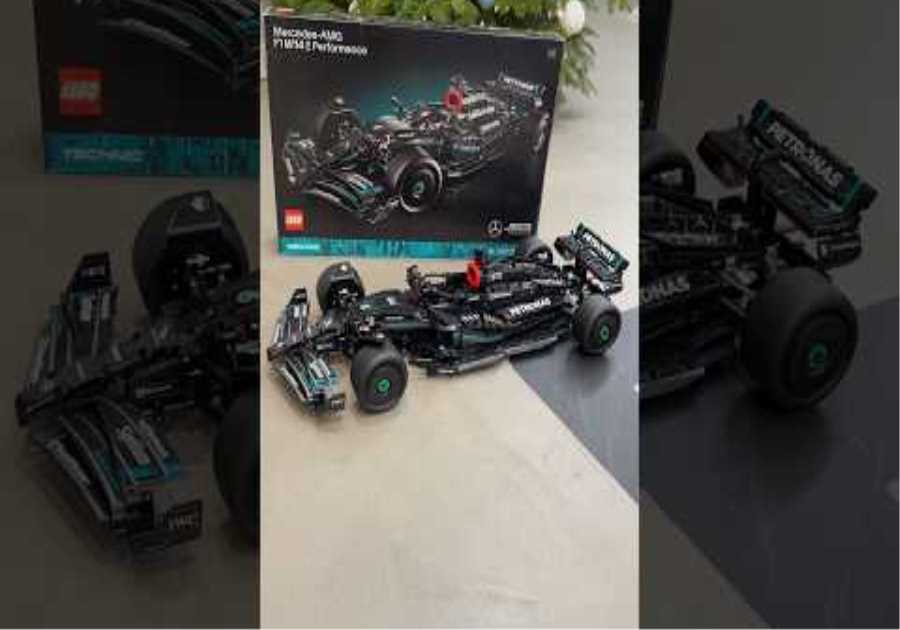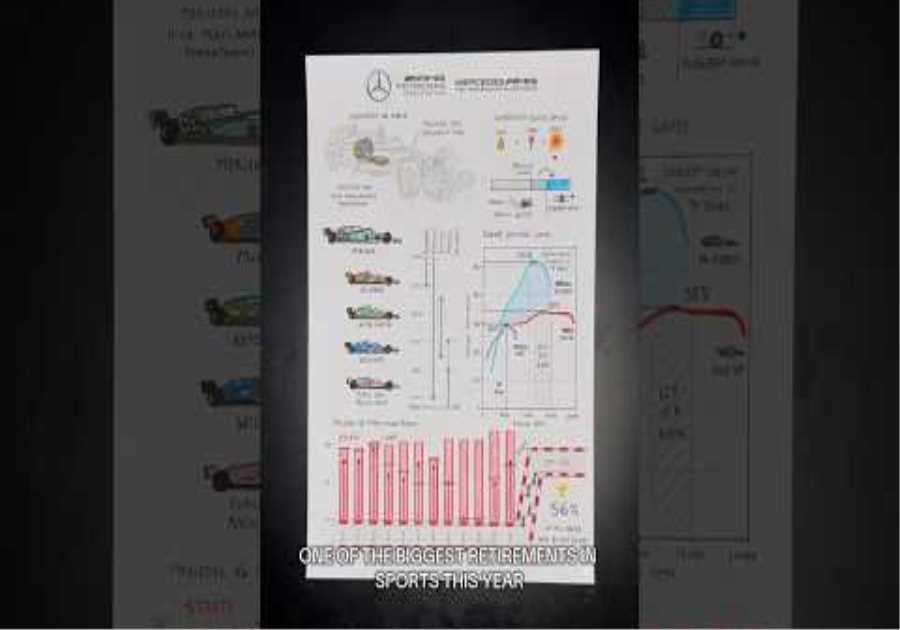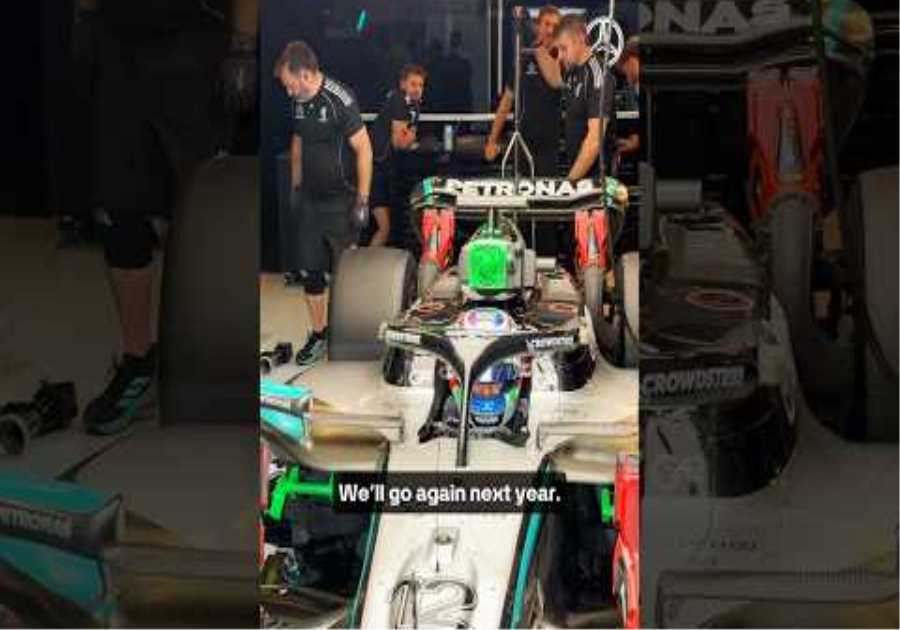
By: Kayan Wong
Aug 11, 2022 | Thu | 16:24
McLaren F1 has long been hailed in the automotive hall of fame, considered as one of the ‘big three’ performance car icons alongside the Alfa Romeo 8C 2900 and the Ferrari 250 GTO. Last August, an exclusive Creighton Brown 1995 McLaren F1 sold for a stellar US$20.4 million – setting an auction record for the most expensive F1 of all time.
Now that a year has passed, RM Sotheby’s is bringing another one-of-a-kind McLaren F1 to an unconventional ‘sealed-bid’ online sale – meaning its pre-sale estimate and result will not be disclosed. While its result remains a secret, as McLaren F1’s recent prices suggest, this unique 1998 F1 could easily reach the US$10 million benchmark and even discreetly break another auction record.
An exclusive Creighton Brown 1995 McLaren F1 sold for a record-breaking US$20.5 million last year
1998 McLaren F1 — 059
Auction House: RM Sotheby’s
Sale: Sotheby’s Sealed – McLaren F1 059
Date: 18 – 20 August 2022
So, how does the sealed-bid auction actually work?
This type of auction is usually used for real estate sales, where the starting bid and reserve price are confidential. Bidders will only have one shot to submit a written bid placed in a sealed envelope, which is to be opened altogether on the stated date.
Compared with the regular seal-bid auctions, the one RM Sotheby’s launched this time is quite different and instead similar to the “Silent Auction” that Sotheby’s Hong Kong presented in 2020. While bidders will not know the exact bids of others, they can learn where their own bids rank – if the bid ranked between 1st to 5th. The delta between bidders position, however, is left unrevealed. When the lot is still open for bidding, bidders might elect to raise the bid at anytime.
In other words, this online sale combines the obscurity of a sealed-bid auction and the competition of a public sale.
McLaren F1 is arguably the greatest supercar of the 1990s. With reference to F1 race cars, McLaren F1 road car features a central driving position – the driver’s seat is located in the middle, an unprecedented design unique among supercars. Combined with butterfly doors and streamlined body, McLaren F1 has set an example for top-notch supercar aesthetic.
Dating back to the late 1980s and early 1990s, McLaren was a British sports racing car manufacturer, making itself a name in F1 racing. Back then, Ron Dennis – CEO and co-founder of McLaren Automotive – gave an order to build the ultimate road-going automobile, regardless of cost. And when F1 was first unveiled in 1992, it took the industry by storm.
The F1 broke numerous world records during the 1990s, and remained the fastest naturally aspirated road car ever built of its generation. To achieve this ultra-high performance, chief engineer Gordon Murray had two concepts in mind: low weight and high power. This was achieved through the use of high-tech and pricey materials including carbon fibre, titanium and gold. F1 was the first production car to use a carbon-fibre monocoque chassis, paving the way for future development of supercars.
As for its engine, McLaren chose to work with BMW and created a naturally aspirated 6.1-litre V12 engine. The original target had been for around 550 bhp, yet BMW ended up with an astonishing engine that produces a maximum power of 627 bhp and could reach a top speed of 249 mph (386 km/h).
The production of McLaren F1 began in 1992 and ended in 1998. In all, only 106 cars were built, with some variations in the design. Among them, 64 are road cars – including the present lot.
What makes this chassis 059 McLaren F1 stand out is its unique headlights. Built in 1998, it was midway through the McLaren F1’s production and some customers started to complain the existing F1’s poor night-time lighting. Looking to rectify the problem, the factory came up with a solution, for which the car presented here – chassis number 059 – would be the testbed: the headlight internals were replaced with those from the BMW Z1 Roadster, and its housings became shorter.
Later, the existing F1s’ headlight outputs were improved by swapping the position of the low and high beam lamps, as well as replacing the low beam lamp with a different projector, all of which could be done within the original headlight housing, cementing this car’s status as unique amongst the 64 road cars constructed.
The original McLaren F1 headlights, which received complaints about its poor night-time lighting
After being replaced with the BMW Z1 Roadster, Chassis 059 appears flatter
BMW Z1
The first owner of chassis 059 was John Studholme of Boston, Lincolnshire in the UK. Bought in 1998, he drove less than 16,400 miles with it in his 14 years of ownership. During that time, the car was serviced regularly, with invoices on file for each service from 1998 to 2012, verifying the car’s present mileage as authentic.
After Studholme, The F1 was acquired by its current owner in late 2012 and was exported to the US. At this time, it has accrued less than 300 miles on its odometer and remained largely in climate-controlled storage; and the additional mileage was a result of occasional exercise within storage.






